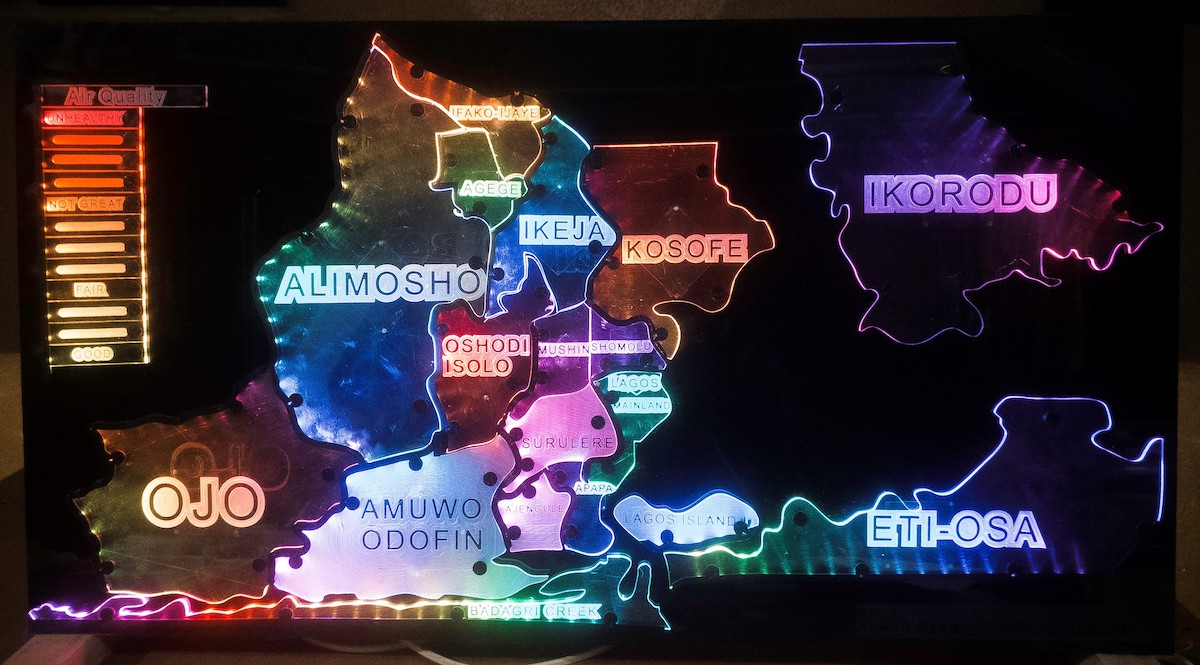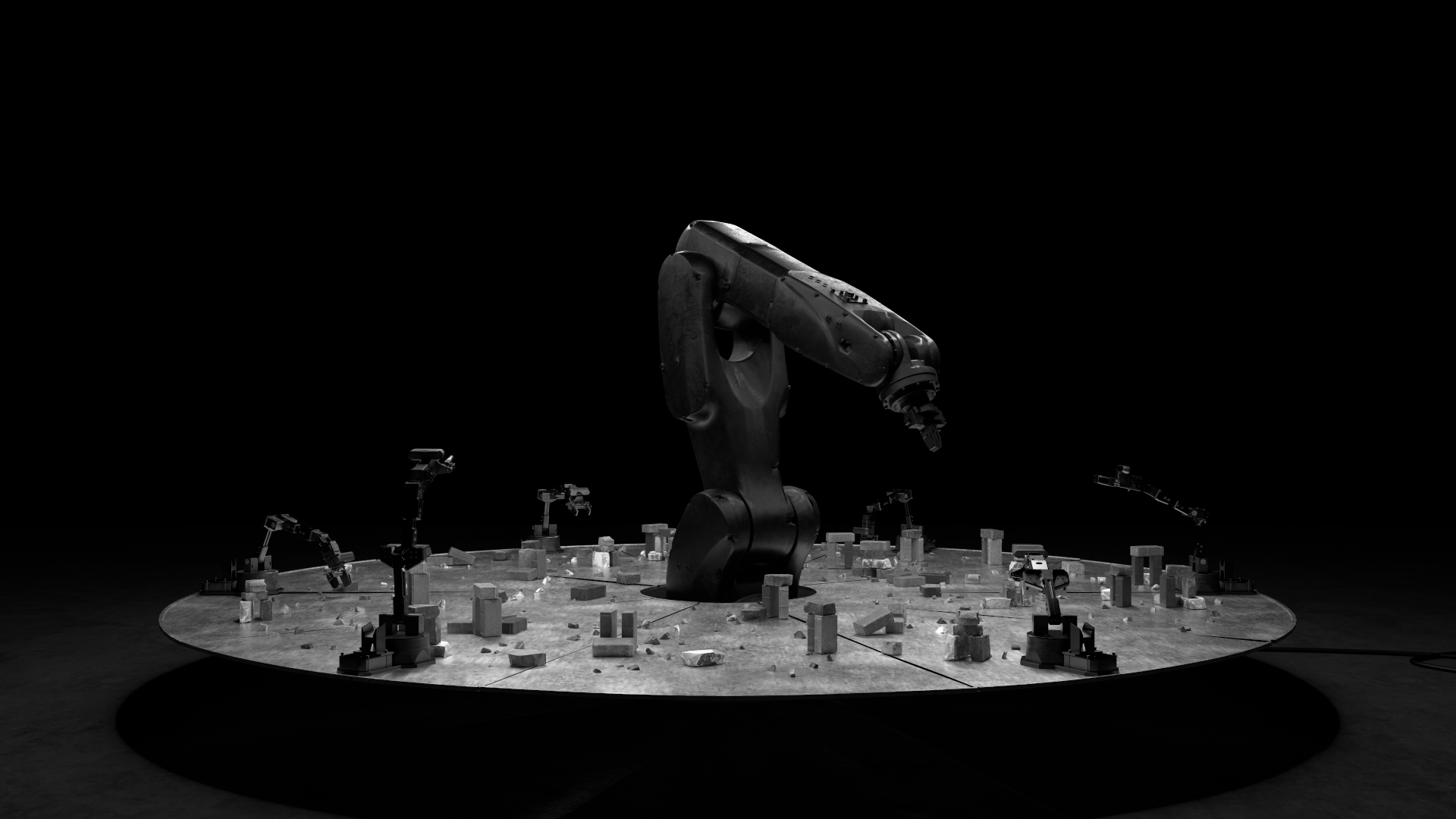Interactive map highlights regional air pollution

Writer Jason Pargin coined the term "Monkeysphere" to convey Dunbar's number, which is the maximum number of stable relationships a person can have. It's hard for people to feel genuine empathy for anyone outside of their Monkeysphere, which is about 150 people. The result is that we often fail to give proper attention to the injustices that occur outside of our personal Monkeys. To combat this trend, Ahmed Oyenuga created the interactive air quality map.
If you live in the US, UK, or almost any other Western country, the air quality is probably pretty good. You may know on an intellectual level that many foreign countries and cities have serious air pollution problems that cause real health problems. But these areas are far enough away from your Monkeysphere that it's hard to worry about. It's not a problem with you; it is simple human nature. The Oyenuga Air Quality Map provides stunning visuals to drive the point home, so you get a tangible idea of the air quality in remote locations. It's one thing to read a stat or look at a chart, but it's another thing to see real-time conditions with your own eyes.
This map consists of multiple regions cut out of clear acrylic and lit with RGB LEDs. Most of the time, they glow a pretty rainbow color that makes the card look like a piece of art. But if someone touches a region or holds their hand near it, that region lights up with a color that matches their current air quality.

Air quality information is sometimes available through online services APIs, but this is less common in poor or rural areas. Oyenuga therefore built its own GPS-enabled air quality monitors using the DesignSpark Environmental Sensor Development Kit (ESDK). It hasn't rolled them out to many places yet, but hopes to expand. An Arduino MKR WiFi 1010 uses this data to determine the light color for each region. A custom board based on an ATSAMD21J17 handles capacitive sensing which detects when a user moves their hand near a region.
This map only shows the area around Lagos, Nigeria, but anyone can create a similar map that covers other areas or even the whole world.


Writer Jason Pargin coined the term "Monkeysphere" to convey Dunbar's number, which is the maximum number of stable relationships a person can have. It's hard for people to feel genuine empathy for anyone outside of their Monkeysphere, which is about 150 people. The result is that we often fail to give proper attention to the injustices that occur outside of our personal Monkeys. To combat this trend, Ahmed Oyenuga created the interactive air quality map.
If you live in the US, UK, or almost any other Western country, the air quality is probably pretty good. You may know on an intellectual level that many foreign countries and cities have serious air pollution problems that cause real health problems. But these areas are far enough away from your Monkeysphere that it's hard to worry about. It's not a problem with you; it is simple human nature. The Oyenuga Air Quality Map provides stunning visuals to drive the point home, so you get a tangible idea of the air quality in remote locations. It's one thing to read a stat or look at a chart, but it's another thing to see real-time conditions with your own eyes.
This map consists of multiple regions cut out of clear acrylic and lit with RGB LEDs. Most of the time, they glow a pretty rainbow color that makes the card look like a piece of art. But if someone touches a region or holds their hand near it, that region lights up with a color that matches their current air quality.

Air quality information is sometimes available through online services APIs, but this is less common in poor or rural areas. Oyenuga therefore built its own GPS-enabled air quality monitors using the DesignSpark Environmental Sensor Development Kit (ESDK). It hasn't rolled them out to many places yet, but hopes to expand. An Arduino MKR WiFi 1010 uses this data to determine the light color for each region. A custom board based on an ATSAMD21J17 handles capacitive sensing which detects when a user moves their hand near a region.
This map only shows the area around Lagos, Nigeria, but anyone can create a similar map that covers other areas or even the whole world.
What's Your Reaction?














![Three of ID's top PR executives quit ad firm Powerhouse [EXCLUSIVE]](https://variety.com/wp-content/uploads/2023/02/ID-PR-Logo.jpg?#)







